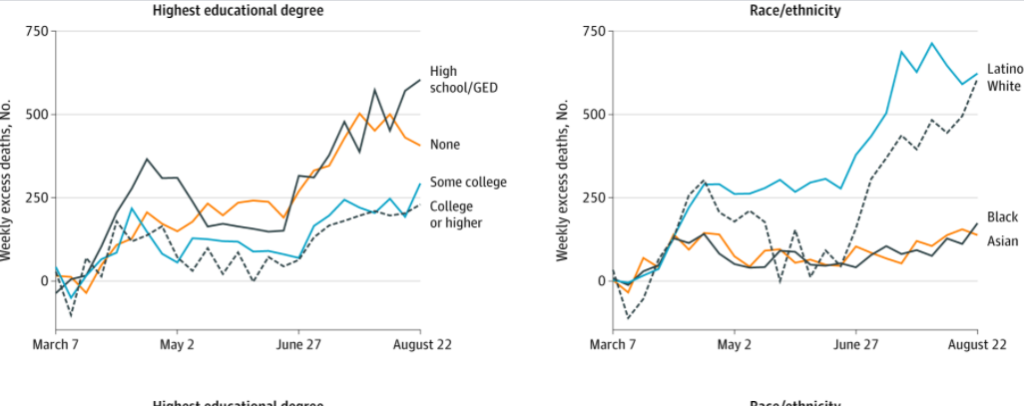Excerpt:
According to estimates from the Centers for Disease Control and Prevention, the infection fatality rate for Americans who are 70 or older is something like 5.4 percent, compared to 0.5 percent for 50-to-69-year-olds, 0.02 percent for 20-to-49-year-olds, and 0.003 percent for people younger than 20. In other words, the risk for the oldest age group is 11 times the risk for the next oldest, 270 times the risk for 20-to-49-year-olds, and 1,800 times the risk for the youngest cohort.
Yet Los Angeles Times reporters Soumya Karlamanga and Rong-Gong Lin II, citing University of Florida epidemiologist Cindy Prins, write that “Florida’s older population might have, perhaps counterintuitively, prevented the virus from spreading as quickly as it did in California.” How so? “Young adults who socialize and mingle, either at work or in social settings, tend to spread the virus the most while older people are more cautious and stay home.”
Florida, of course, is a mecca for college students on spring break, whose socializing and mingling provided ammunition for critics of DeSantis’ alleged recklessness. And despite the relative timidity of elderly Americans, they account for more than four-fifths of COVID-19 deaths in the United States. Nursing homes alone account for more than a quarter of the total death toll.
Author(s): Jacob Sullum
Publication Date: 10 March 2021
Publication Site: Reason

